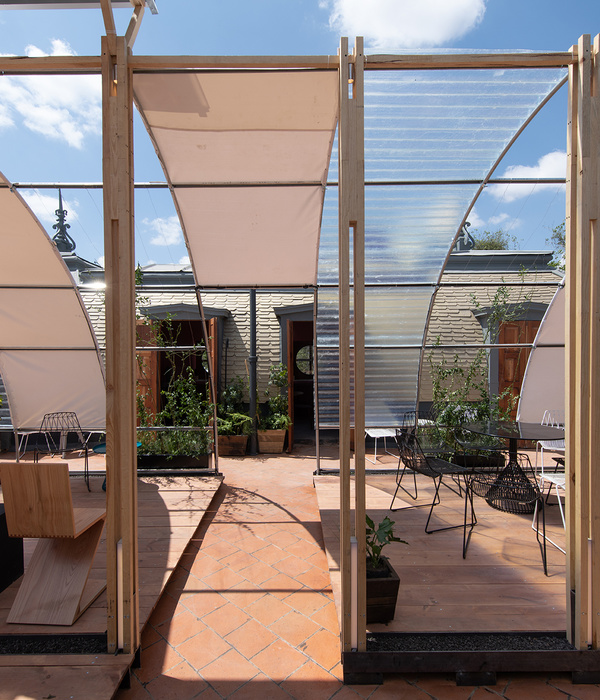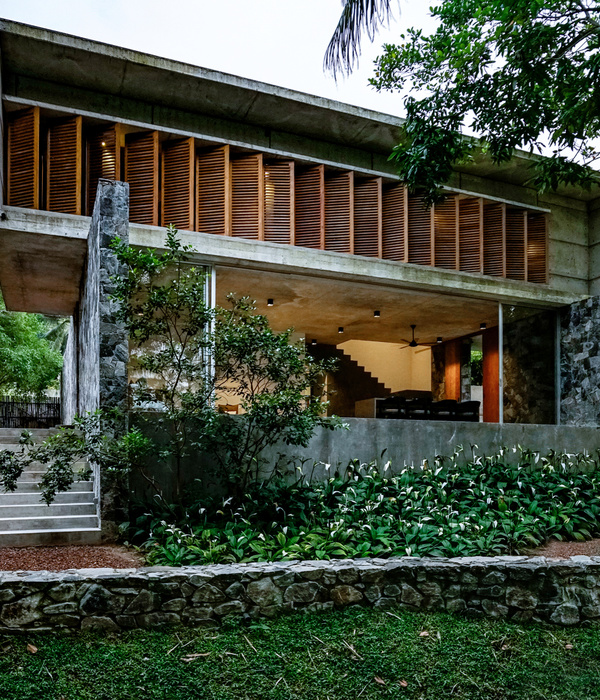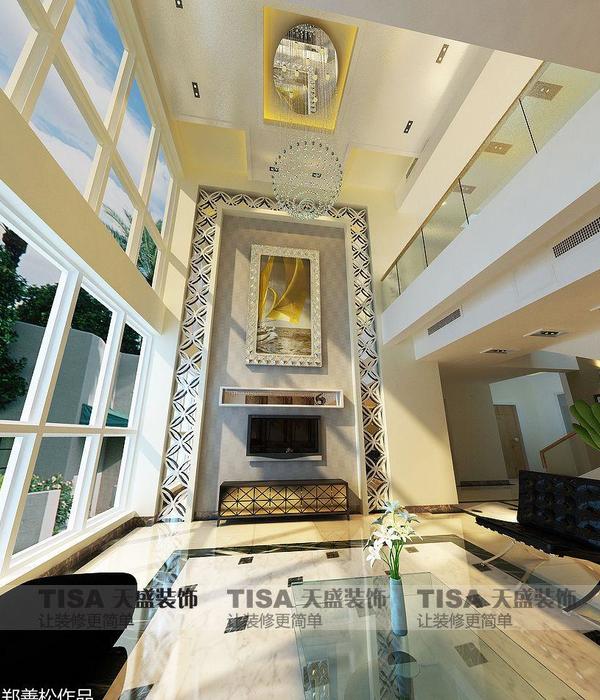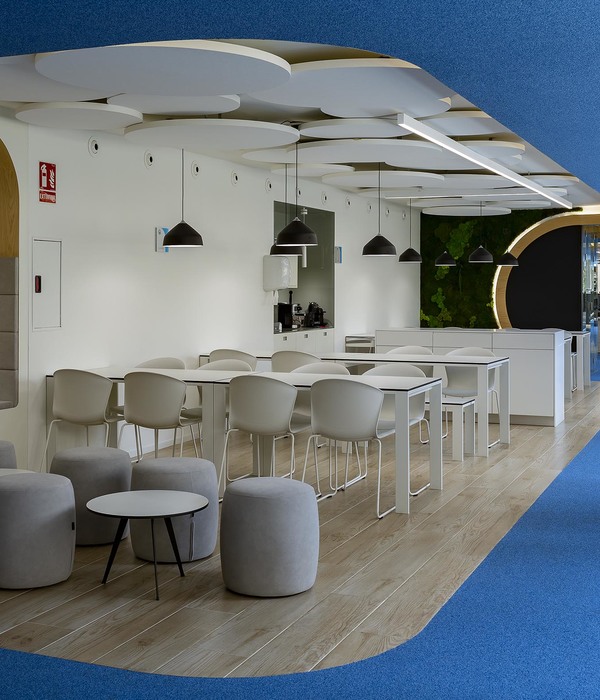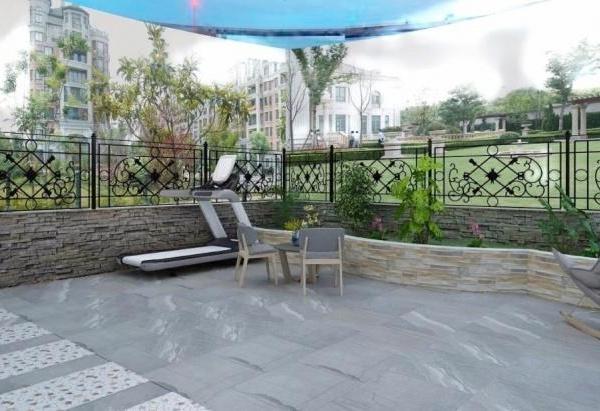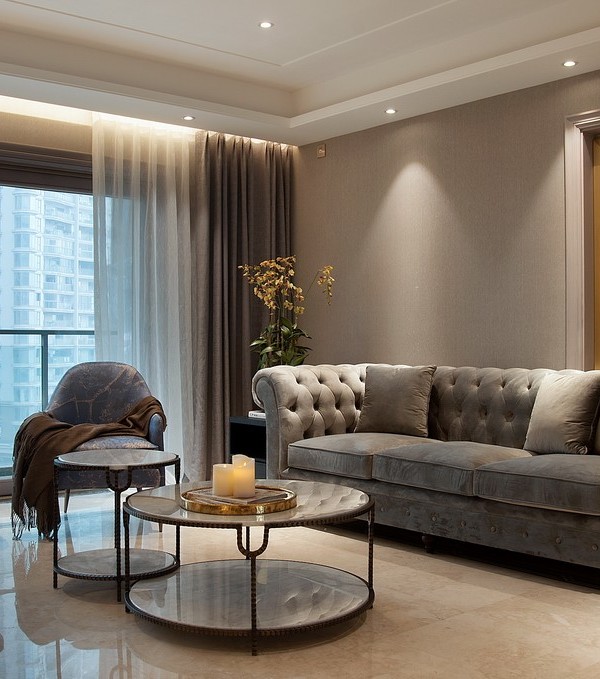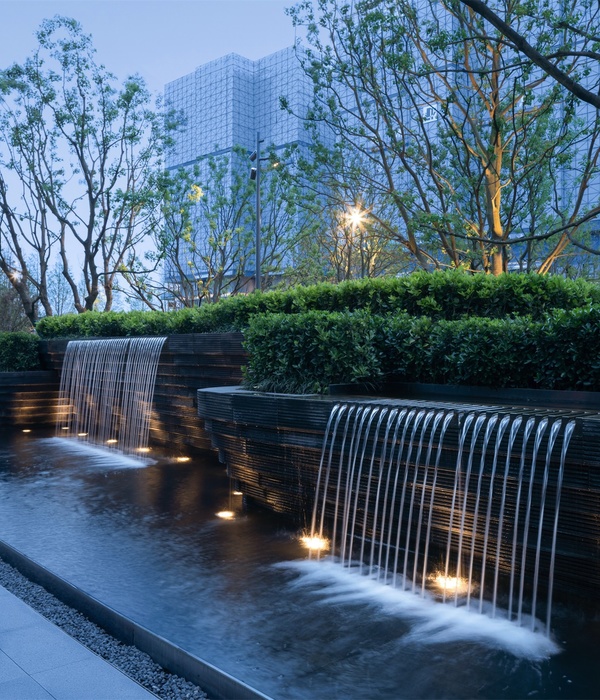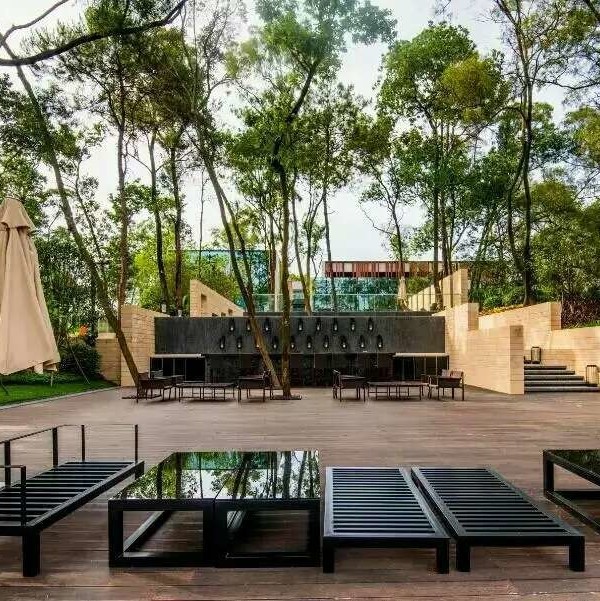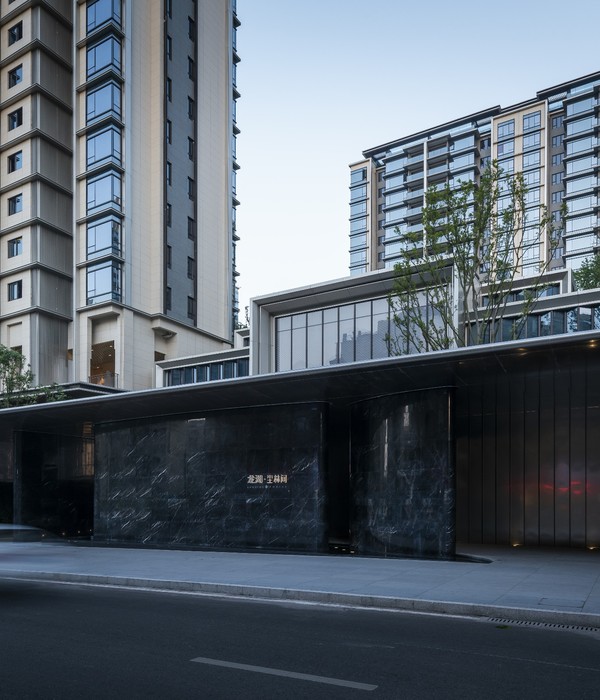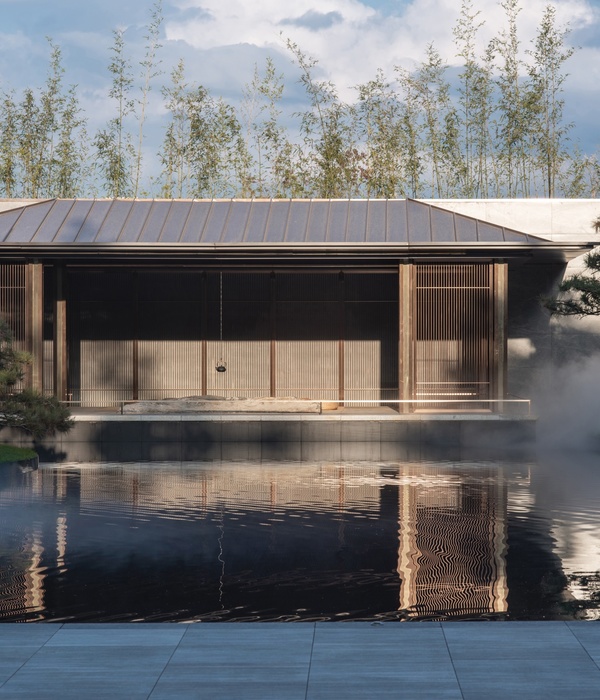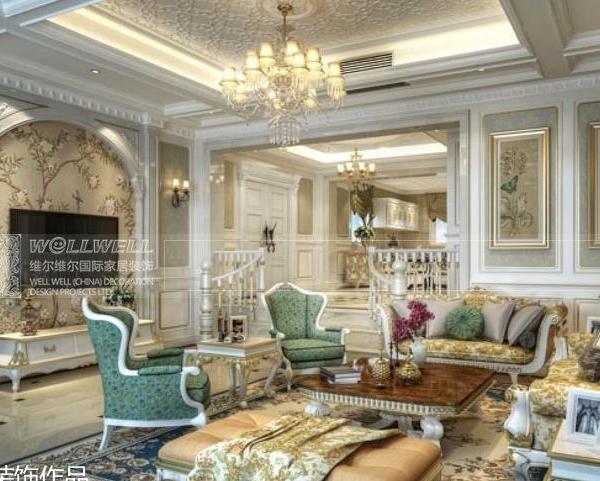The design brief was for a small cabin with a roof, kitchen, bathroom and bedroom – the necessities for resuming the mountain trek begun the day before.
The proposal involved building, through planes and angles, a structure that provides an entrance through its folds and exterior views through its cuts. Built around a central core of services, the exterior shape and interior volume are defined by the folds.
At one end of the cabin is the bedroom, along with a storage room for mountaineering equipment. The other end features a sitting area where the nearby mountain draws the eye toward the panoramic view.
The exterior is finished in pine, metal elements and picture windows that perform both structural and volumetric functions.
The cabin rests on piles, making it a self-contained object suspended above the ground. The building is ventilated on all sides; the updraft from the mountain provides airflow through a series of dedicated openings.
This is the point of arrival and departure for the mountaineer’s treks. It is not just a lookout and a shelter, but a special place for contemplation and relaxation. It is a true refuge.
Data Sheet
Architectural firm: Gonzalo Iturriaga Arquitectos
Lead architect: Gonzalo Iturriaga Atala
Project: Refugio para un montañista (Mountaineer’s refuge)
Year: 2015-16
Location: Comuna de San esteban, V región, Chile.
Surface area: 60 M2
Photographer: Federico Cairoli
[ES]
Refugio para un montañista. El encargo consistía en un techo, una cocina, un baño y una habitación. Lo necesario para iniciar al alba la ruta trazada el día anterior.
La propuesta consiste en construir a través de planos y ángulos una cubierta que en sus pliegues permita el ingreso y en sus cortes, las vistas al exterior. Compuesto por un núcleo central de servicios, se establece la forma a partir de pliegues que determinan correlativamente su interior y exterior.
En un extremo la habitación principal y una secundaria para los implementos de montaña. En el otro extremo, un recinto común donde la montaña protagoniza la vista hacia el exterior.
Los revestimientos que conforman el volumen compuestos por madera de pino, elementos metálicos y cristales se transforman para cumplir dos funciones, estructurales y volumétricas.
Utilizando una fachada ventilada en todas sus caras y un sistema de pilotes, el refugio funciona como un elemento hermético suspendido sobre el terreno que a partir de aperturas especificas utiliza la corriente ascendente de la montaña para ventilar su interior.
Es el punto de llegada y partida a cada recorrido definido por el montañista, un puesto de vigilancia y de descanso que otorga en un lugar privilegiado la oportunidad de contemplar y visitar. He aquí el refugio.
{{item.text_origin}}

